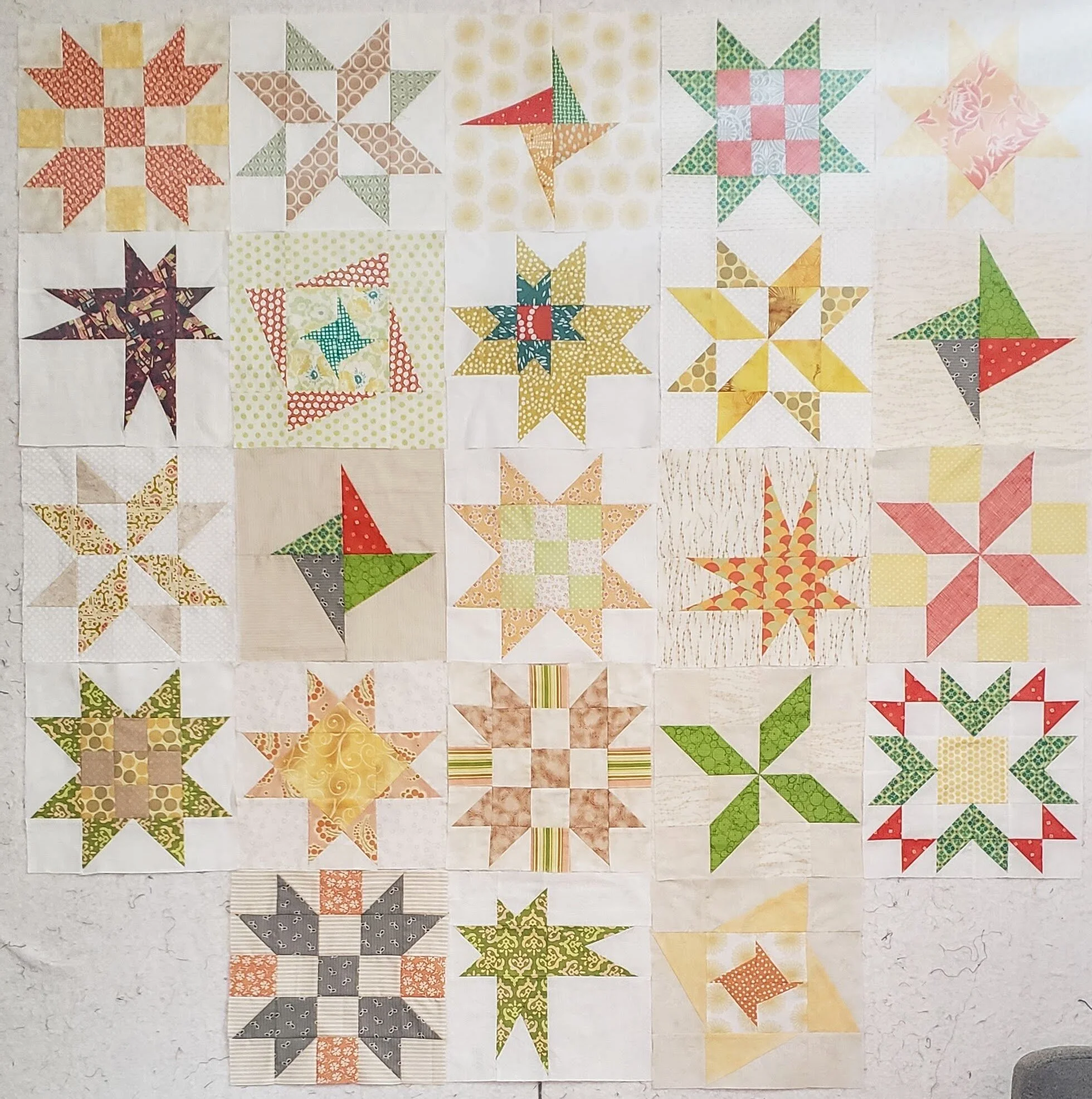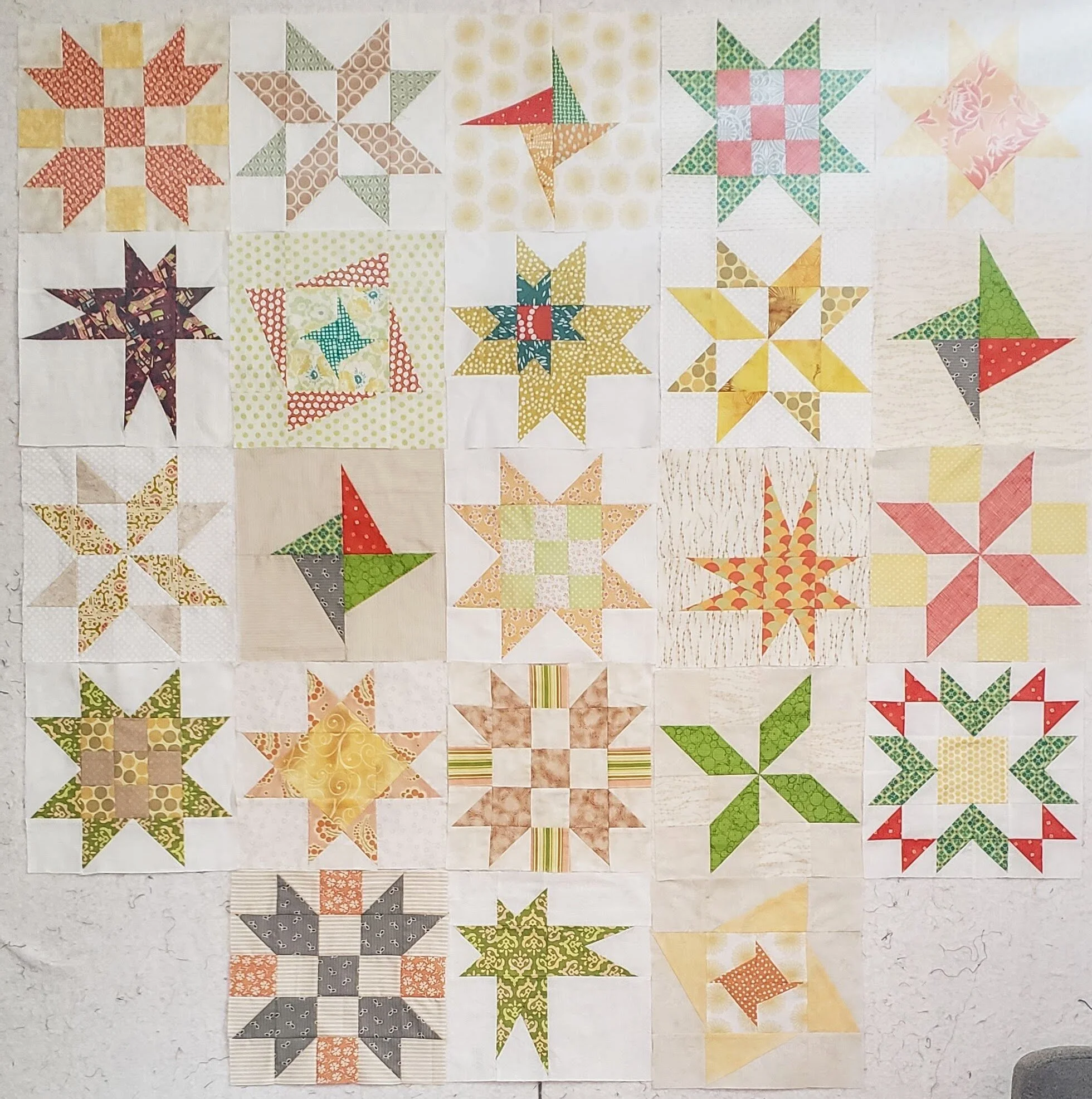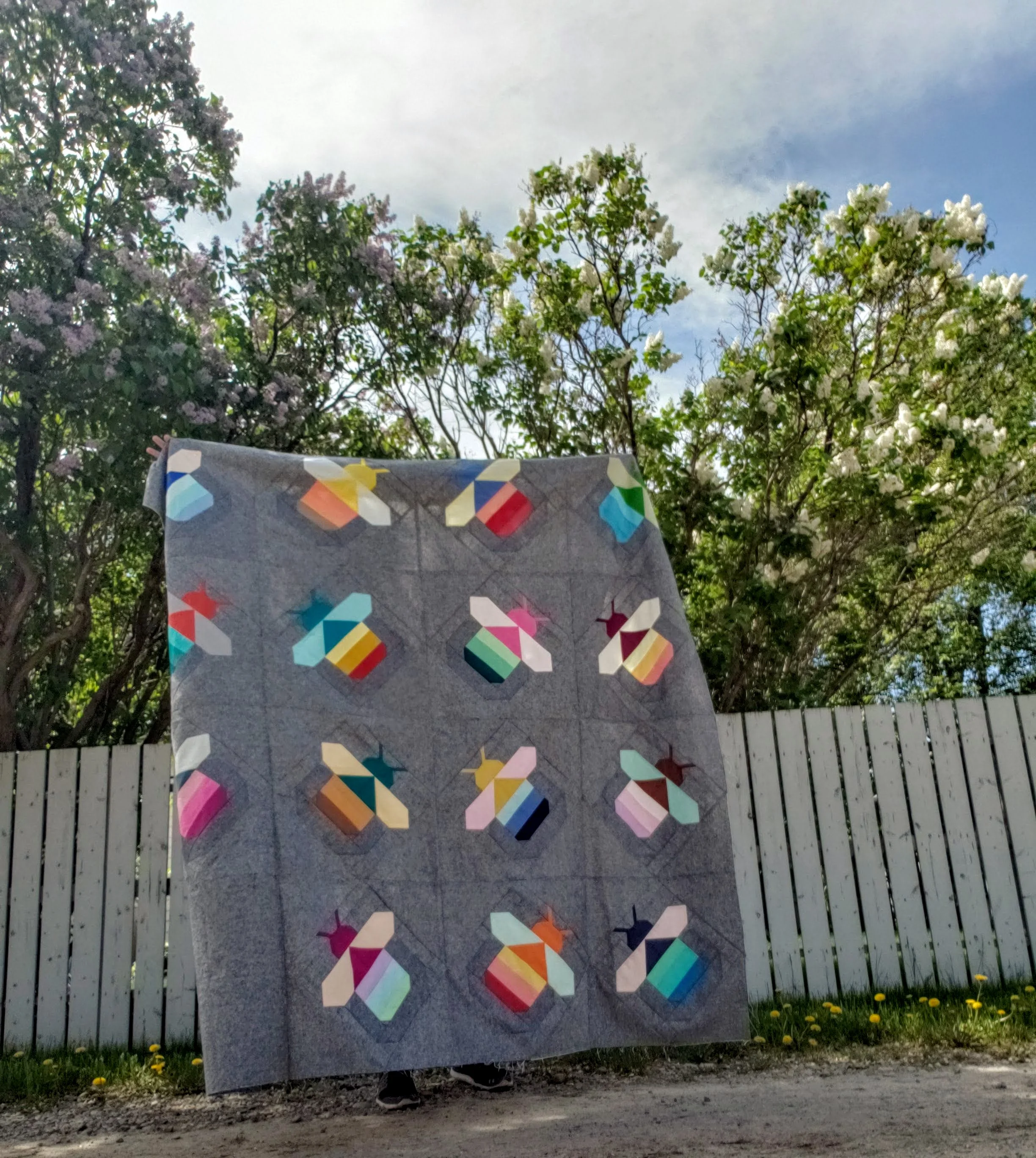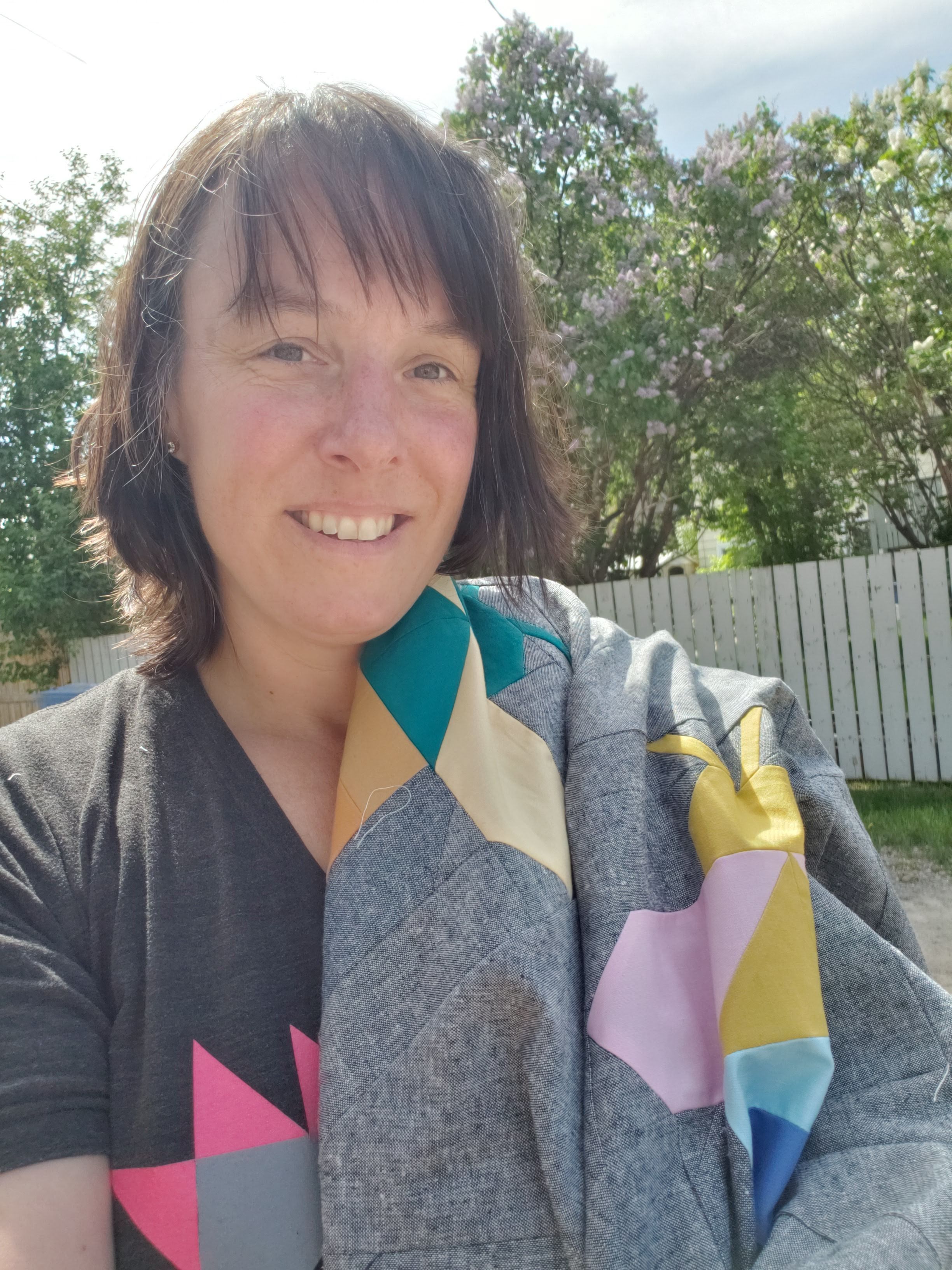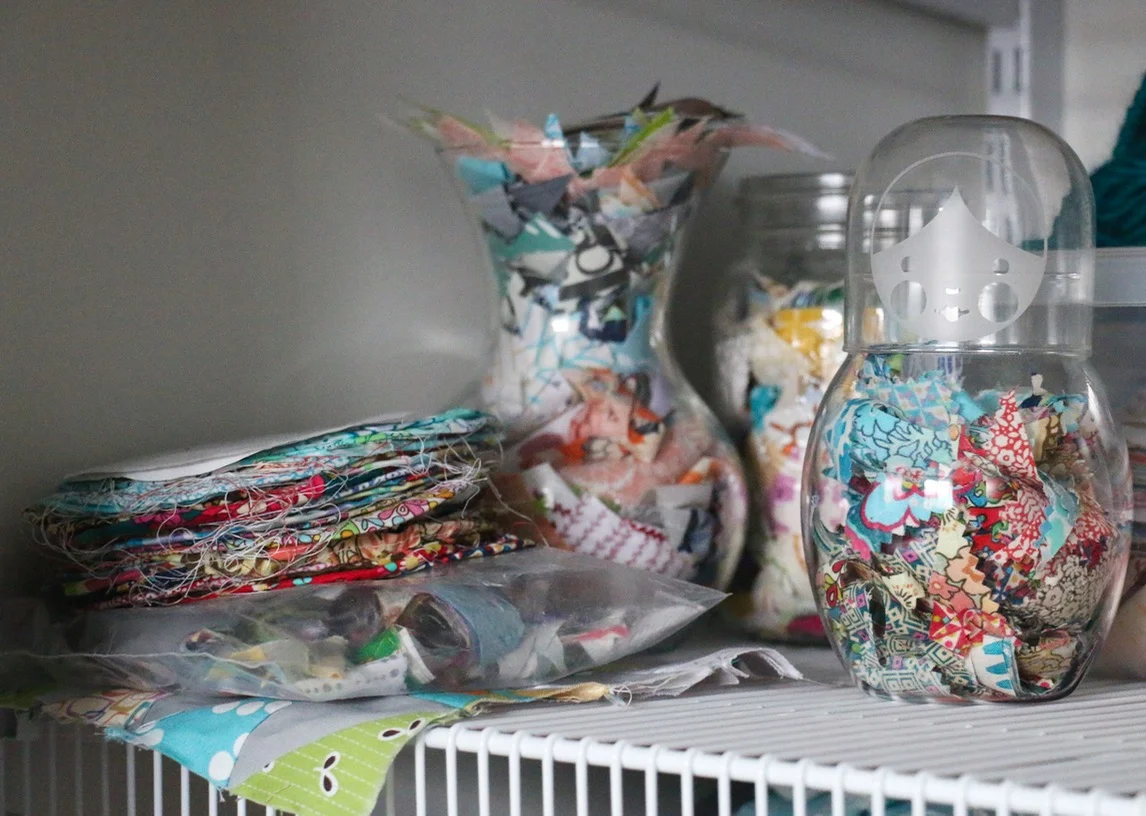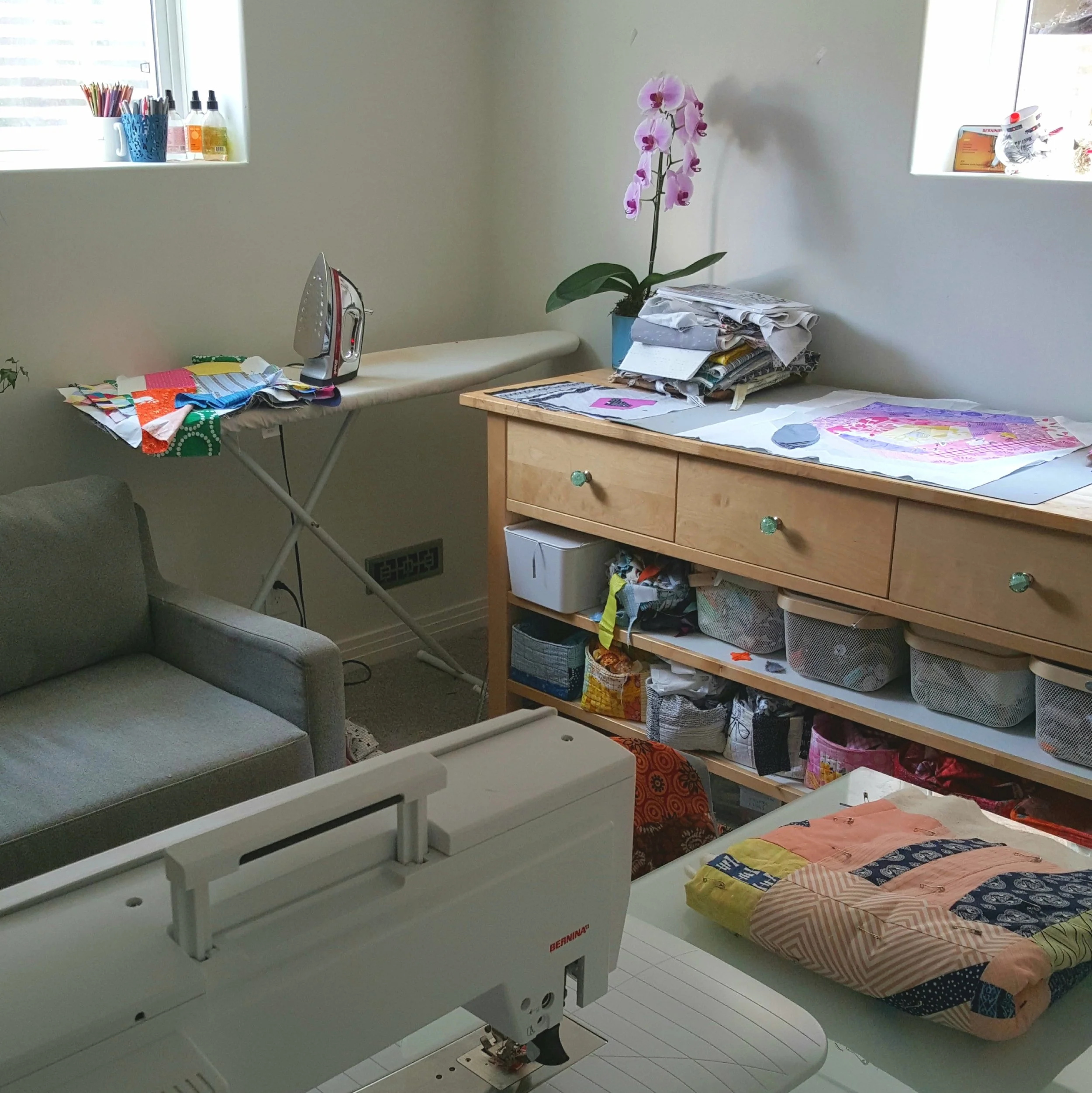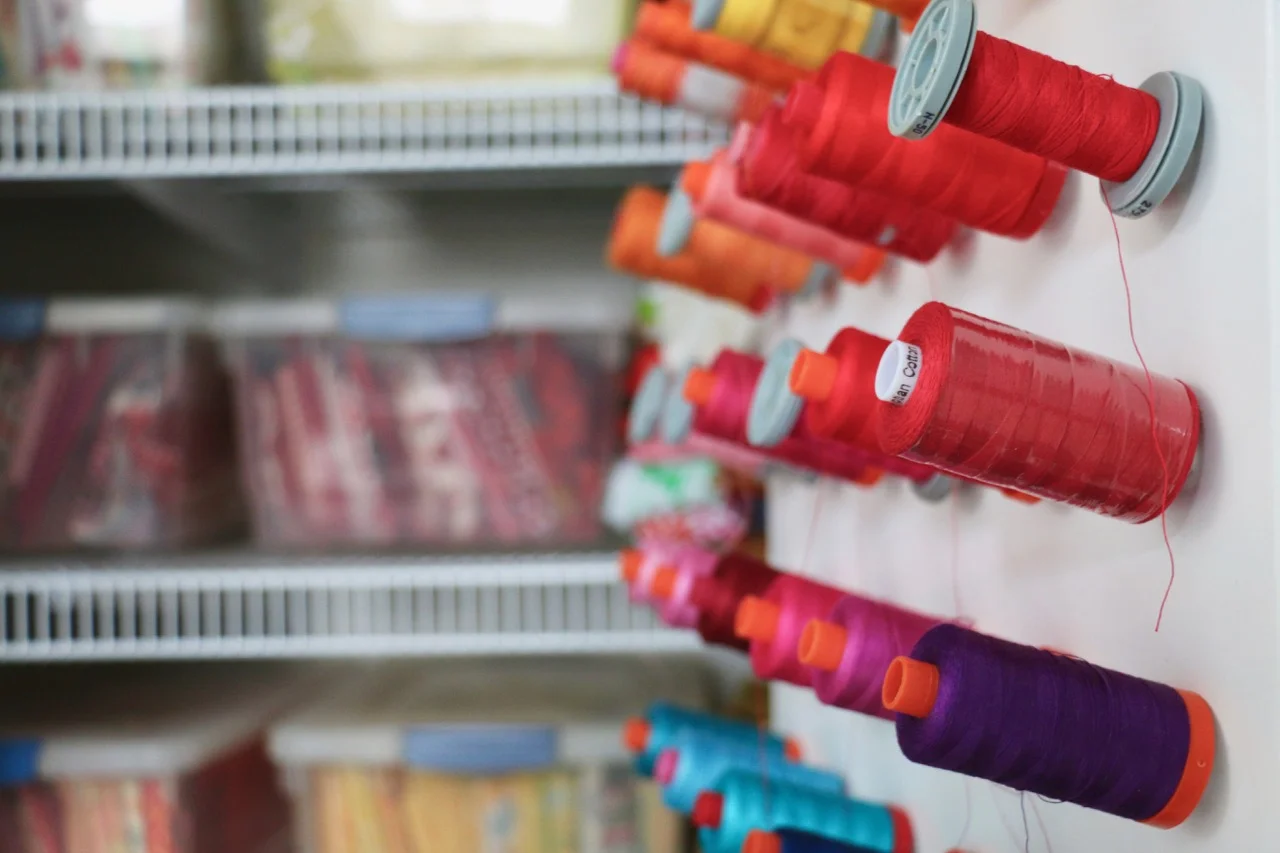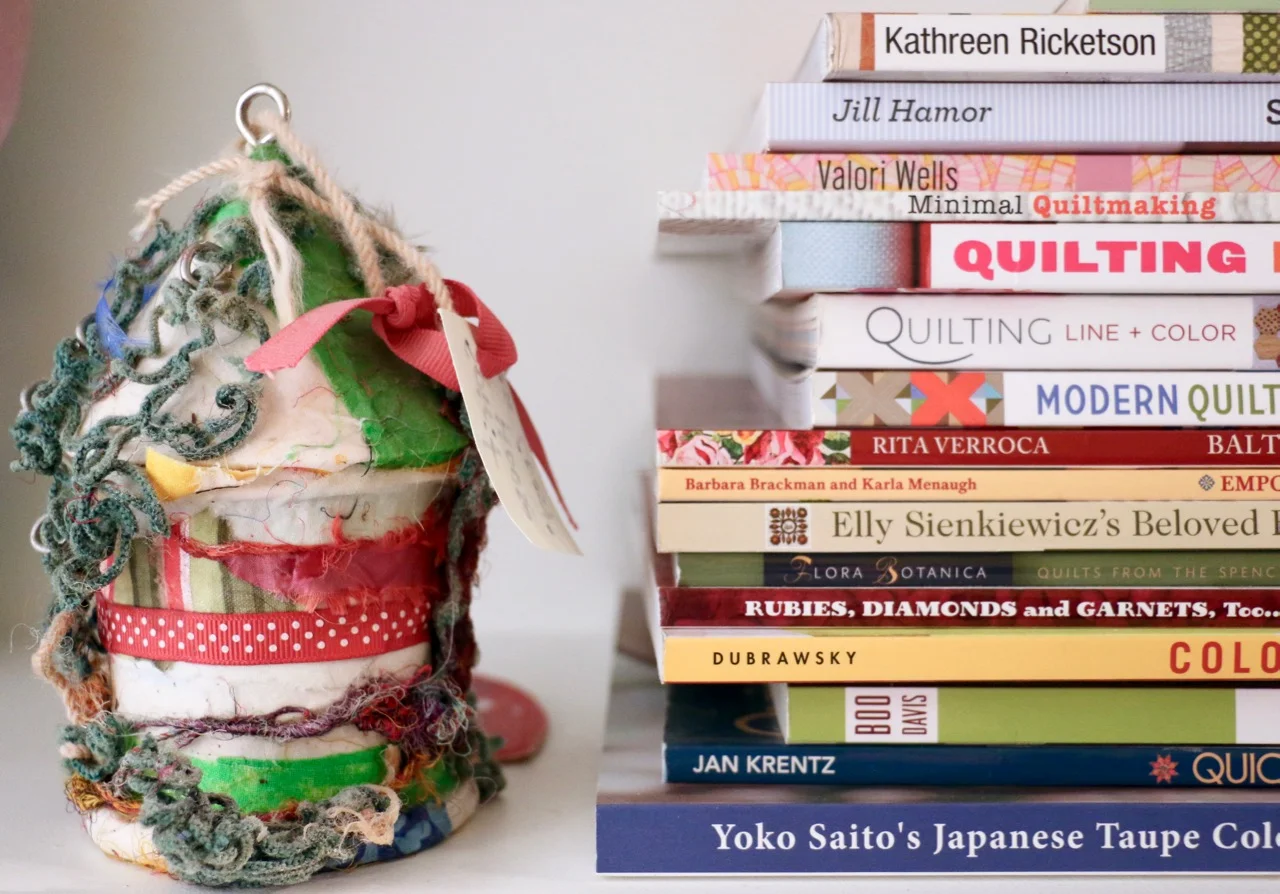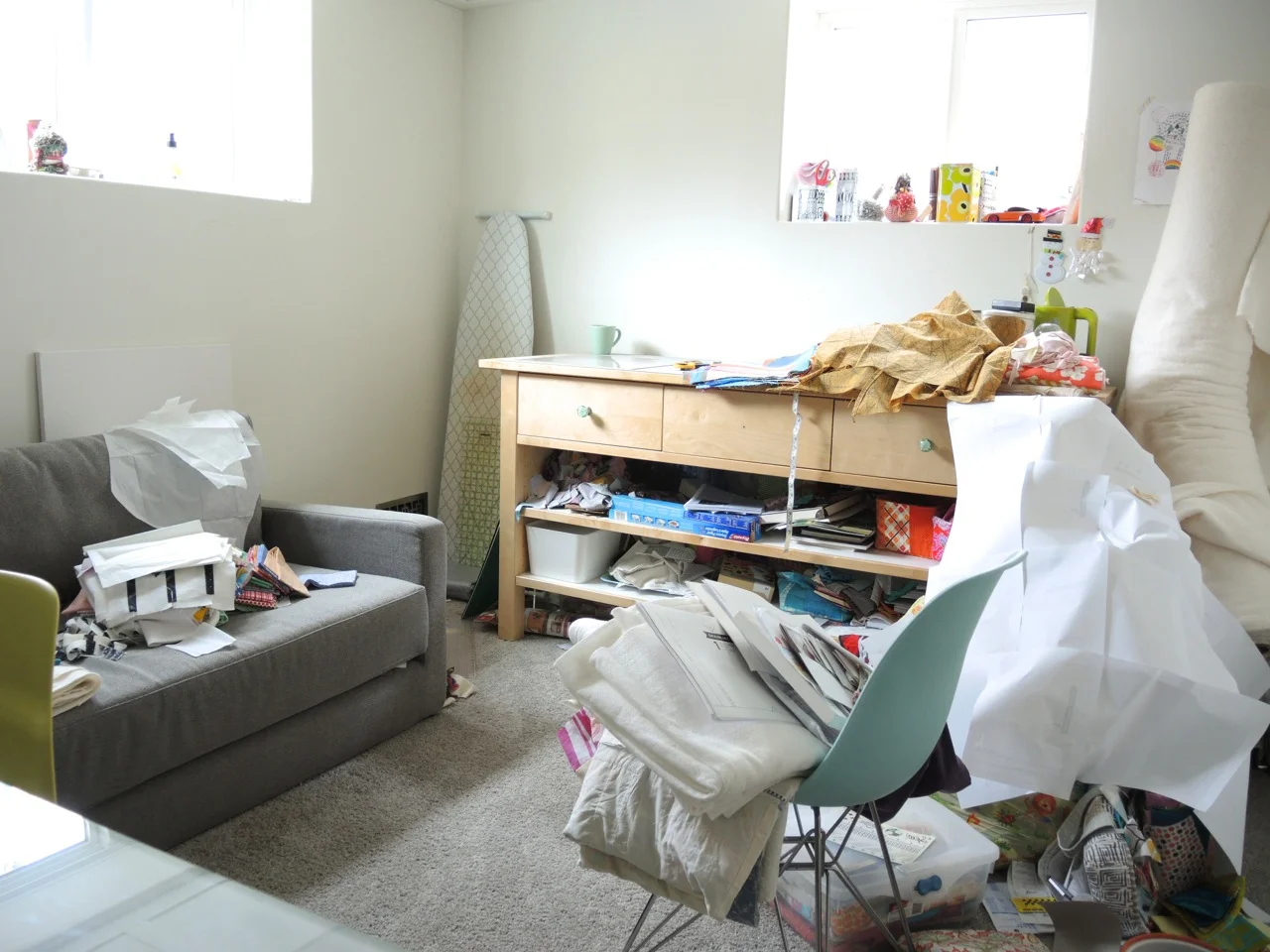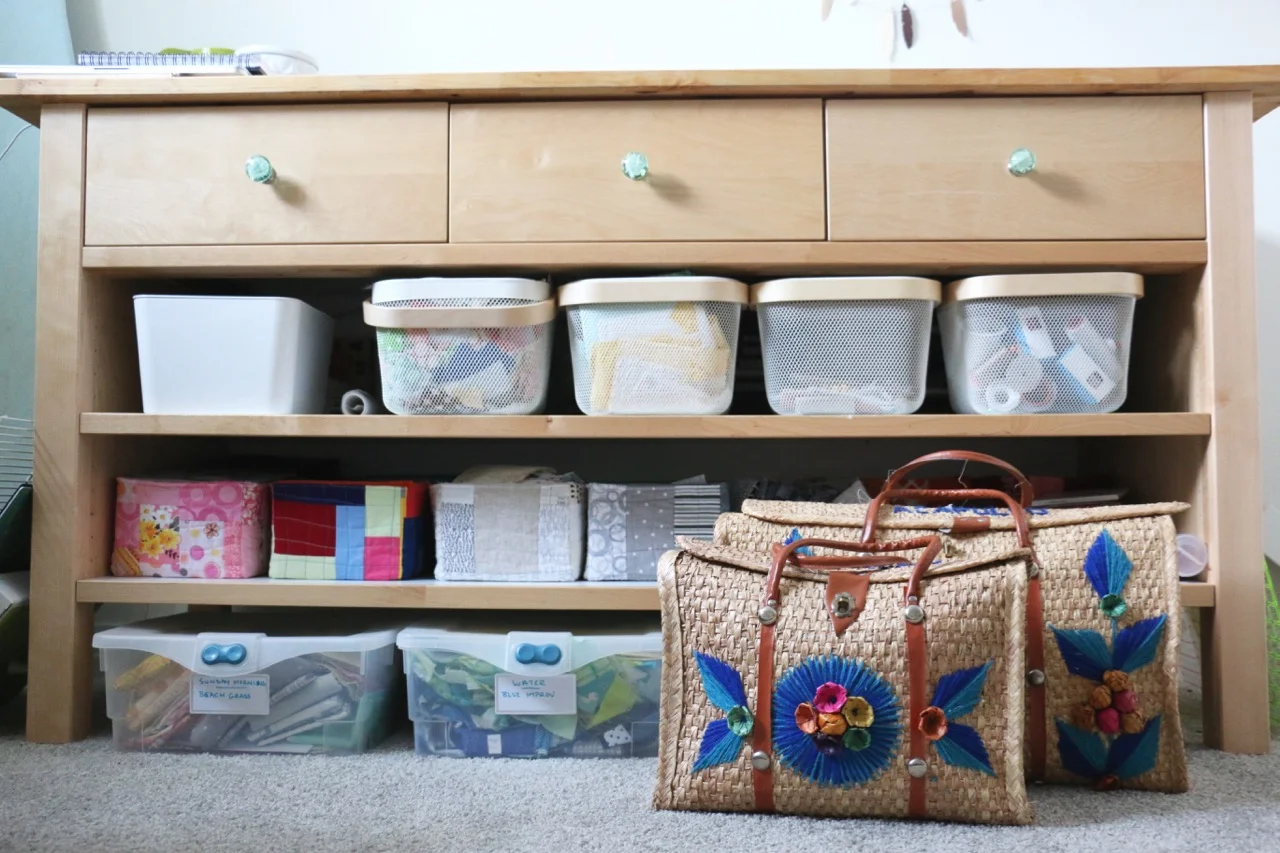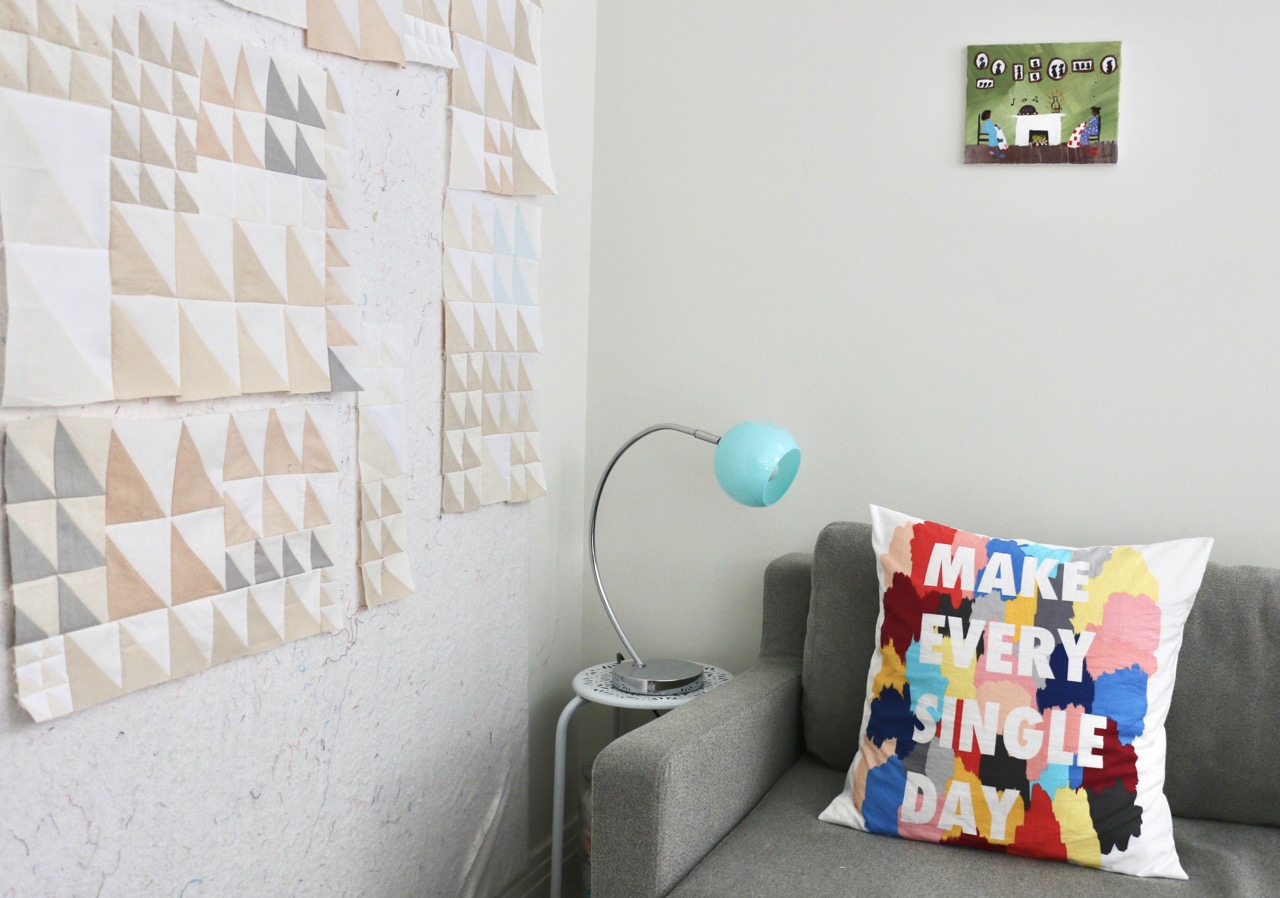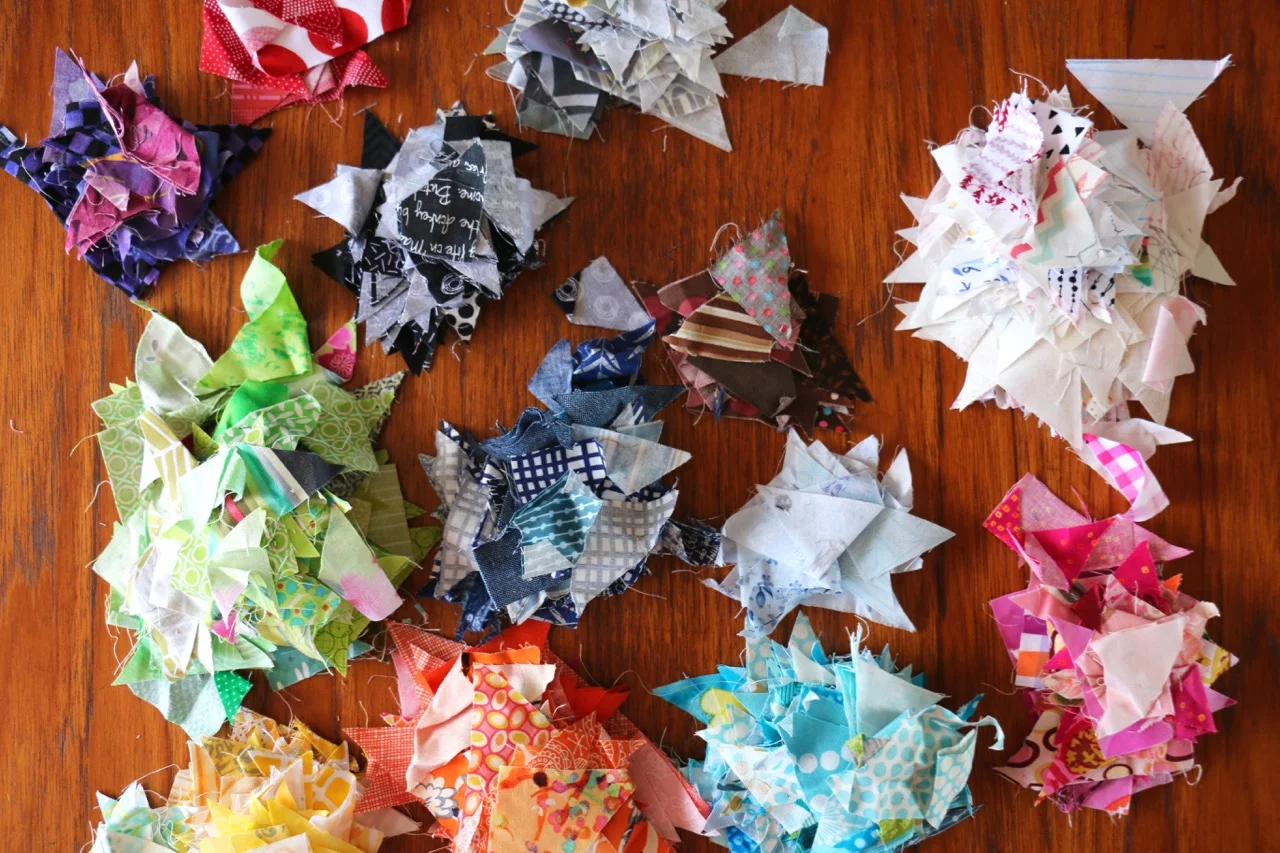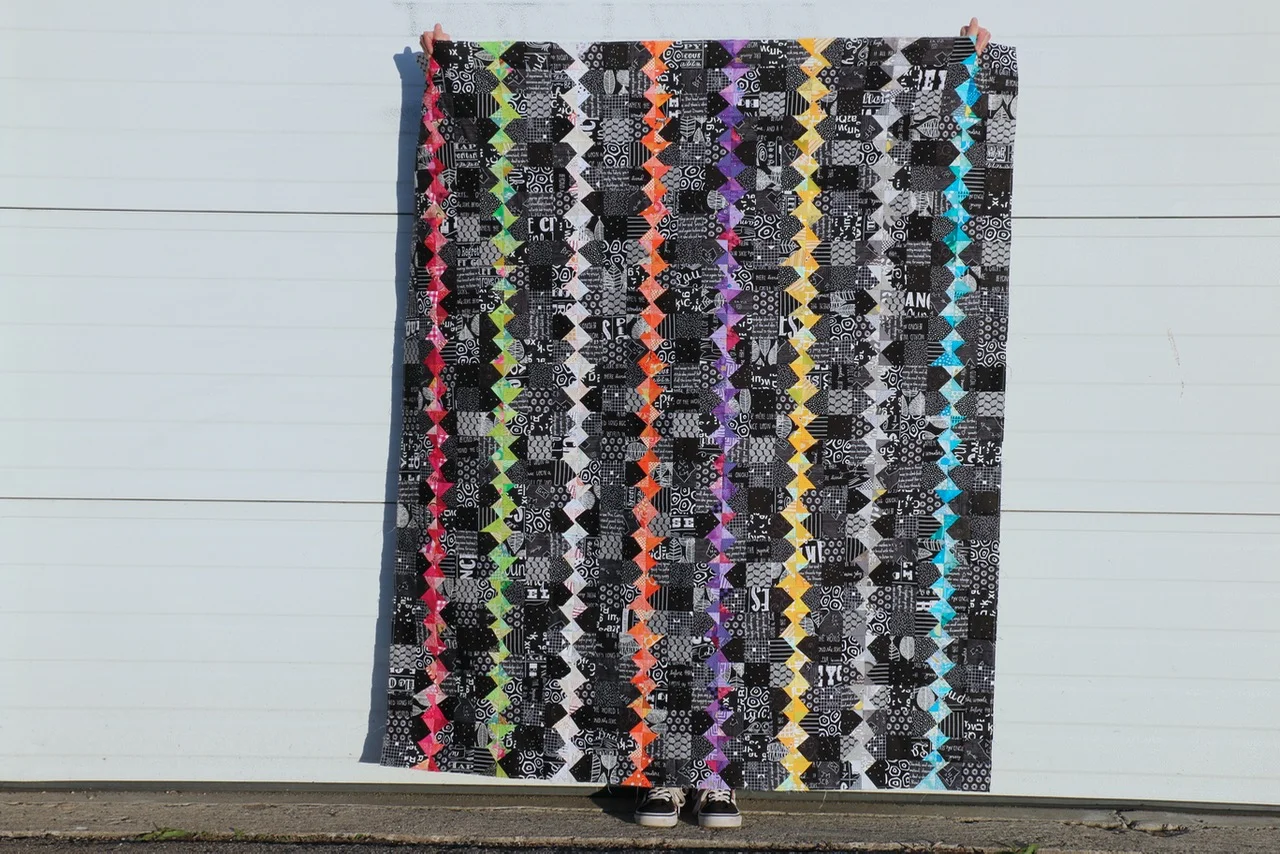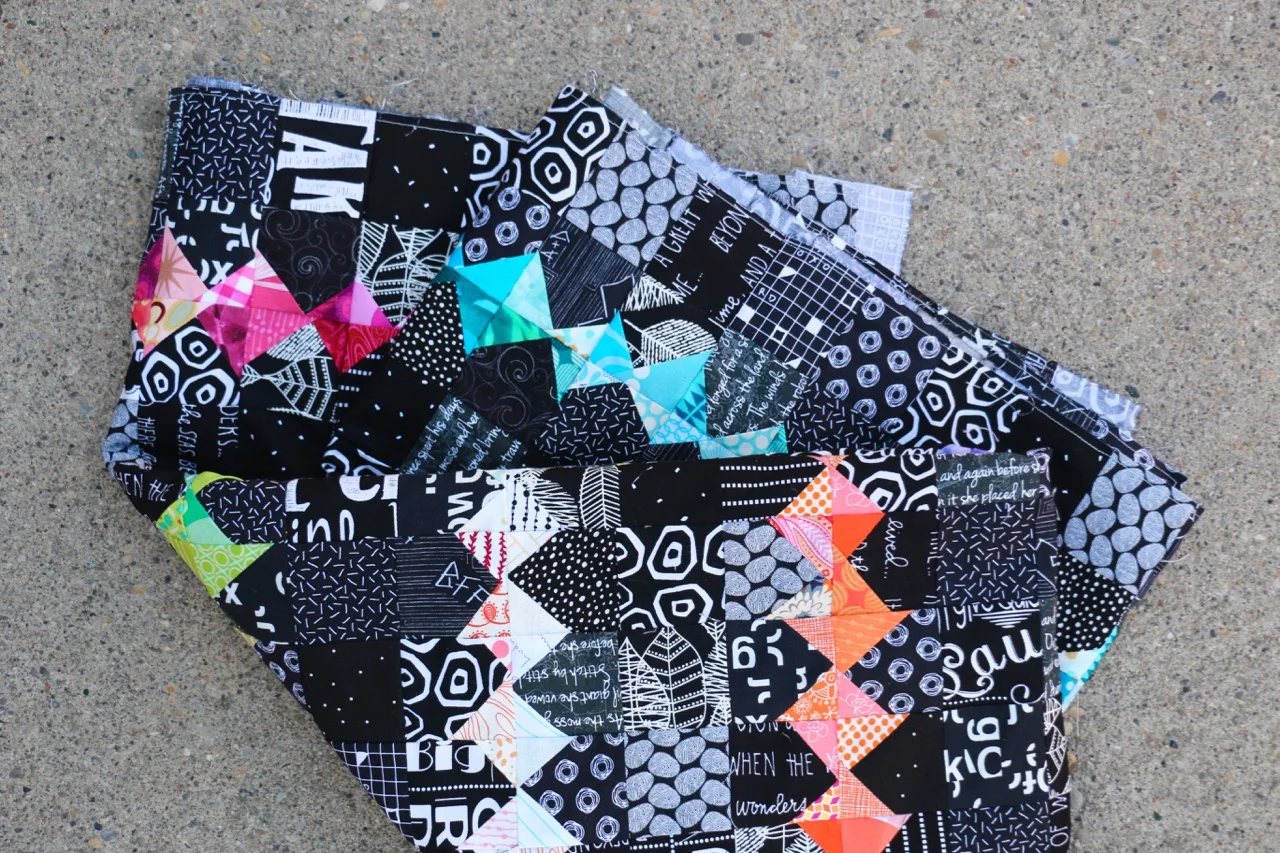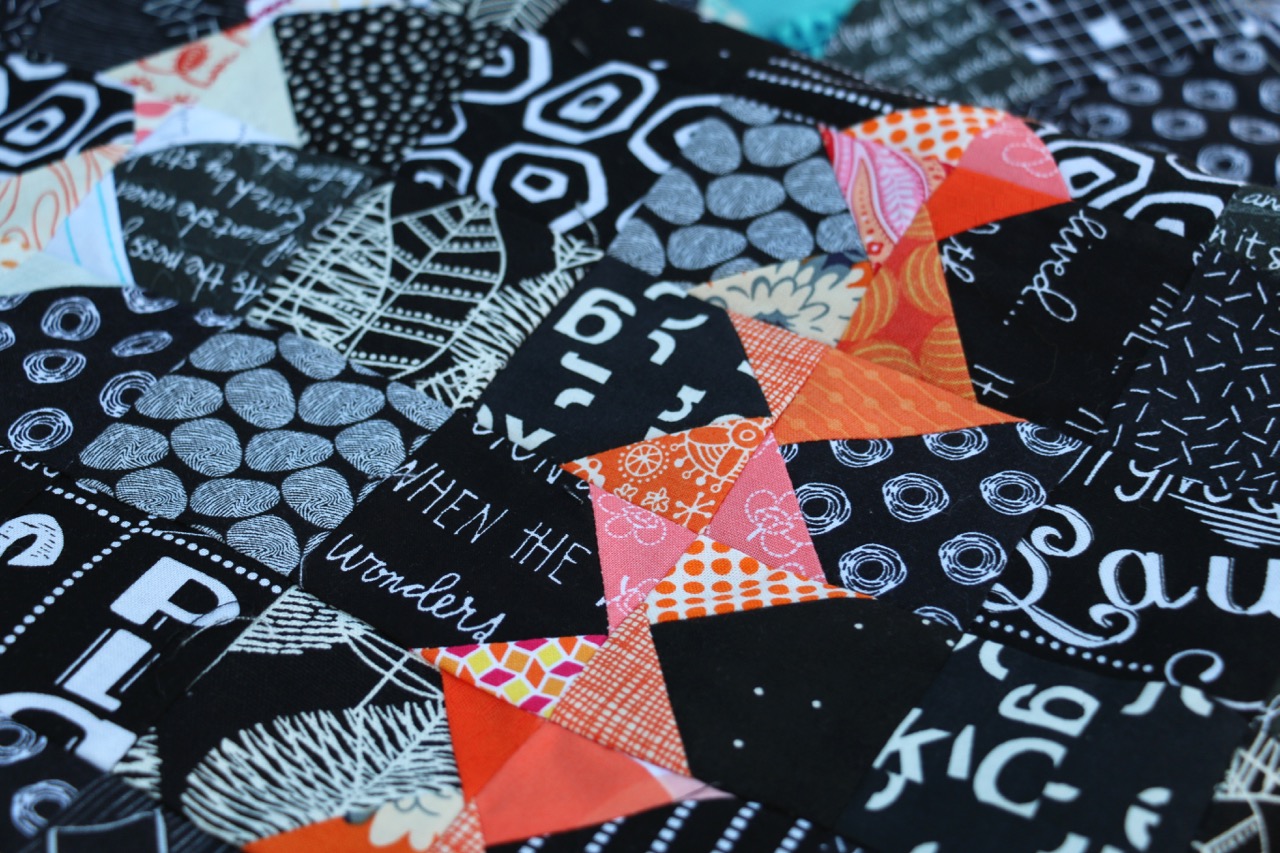Sometimes I just get in the mood for some precision piecing. Actually, it was more that I needed the distraction that comes with the need to focus when precision piecing.
The first of these blocks was probably made a decade or so ago. It was part of a BOM I found online called Constellations. I think I did the first 3 months and then never looked at or saw it again. Years back I tried to find the pattern to finish it because it was quite good, but never located it. Now and then - about once every year or two - I would pick a star block pattern I could find and make another block. I didn’t have to recreate the original quilt, after all! No plan, no rush though.
This is actually improvisational quilting. Yes, even though I am doing precision piecing. I define it as improv because I have no idea where I will end up. Improv = starting without knowing where you will end.
But this past week of dealing with stress and needing a different kind of break with my quilting brought out these blocks, and a path forward.
36 blocks needed
3 blocks of each star pattern
Add more variation in the shapes of the stars for remaining blocks.
So I am digging through the scrap bins and raiding the stash for more combinations of fabrics, playing with the original colour scheme I started. I cut a block or two at night, to be ready for my Morning Make. And I’ve picked out patterns for the two new sets of three blocks I need to make to get up to 36 stars in total.
It’s exactly what I need right now.


